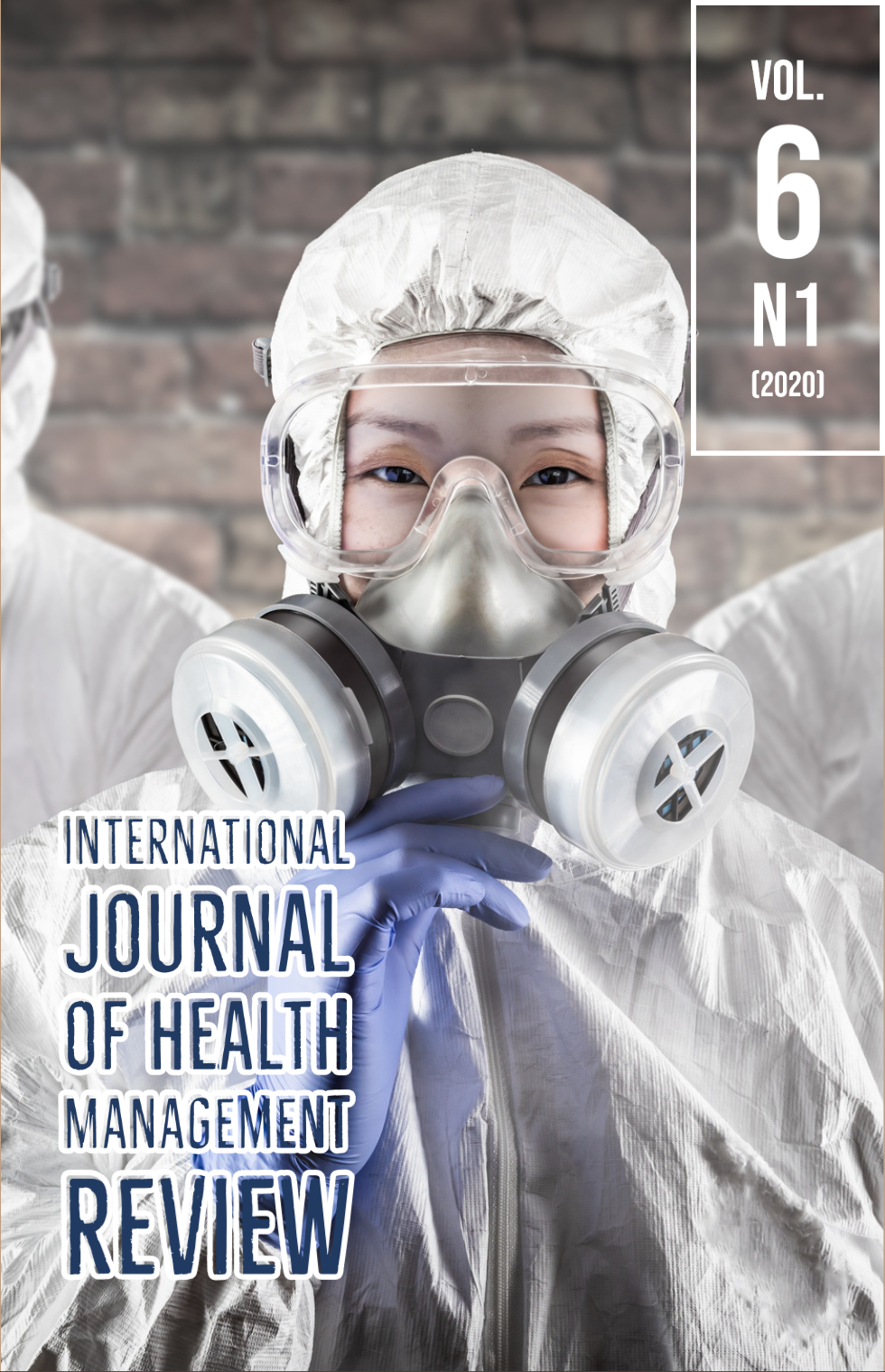Tratamento cirúrgico de epifisiolise crônica com luxação e Realinhamento subcaptal: relato de caso
DOI:
https://doi.org/10.37497/ijhmreview.v6i1.189Palavras-chave:
Ortopedia, Traumatologia, Reabilitação, Epifisiólise, Fêmur.Resumo
Introdução: O escorregamento epifisário de fêmur é uma doença relativamente frequente na atividade do ortopedista, apresentando bons resultados quando operados pela técnica de fixação in situ. Objetivo: Relatar um caso de escorregamento epifisário crônico tratado com luxação controlada da cabeça do fêmur, com osteossíntese local. Método: Após rebatimento do trocanter maior, foi realizada capsulotomia em Z, liberação da fise de crescimento, retirada do calo ósseo, correção manual da deformidade da epífise, e redução cruenta da articulação. Conclusão: A epifisiólise continua sendo um grande desafio para o ortopedista, visto que muitos casos ainda chegam tardiamente com indicação de cirurgia. Sabe-se que a epifisiólise continua sendo uma lesão muito comum, necessitando assim de intervenção cirúrgica. A técnica de Ganz proporciona uma cirurgia que, apesar de aberta e mais invasiva quando comparada com outras técnicas, apresenta como vantagem a preservação da cabeça femural, bem como a manutenção da anatomia local, todavia exigindo uma experiência maior do cirurgião com relação à anatomia local e vascularização da cabeça do fêmur.Downloads
Como Citar
Edição
Seção
Licença
Autores que publicam nesta revista concordam com os seguintes termos:
O(s) autor(es) autoriza(m) a publicação do texto na da revista;
O(s) autor(es) garantem que a contribuição é original e inédita e que não está em processo de avaliação em outra(s) revista(s);
A revista não se responsabiliza pelas opiniões, idéias e conceitos emitidos nos textos, por serem de inteira responsabilidade de seu(s) autor(es);
É reservado aos editores o direito de proceder a ajustes textuais e de adequação às normas da publicação.
Autores mantém os direitos autorais e concedem à revista o direito de primeira publicação, com o trabalho simultaneamente licenciado sob a Licença Creative Commons Attribution que permite o compartilhamento do trabalho com reconhecimento da autoria e publicação inicial nesta revista.
Autores têm autorização para assumir contratos adicionais separadamente, para distribuição não-exclusiva da versão do trabalho publicada nesta revista (ex.: publicar em repositório institucional ou como capítulo de livro), com reconhecimento de autoria e publicação inicial nesta revista.
Autores têm permissão e são estimulados a publicar e distribuir seu trabalho online (ex.: em repositórios institucionais ou na sua página pessoal) a qualquer ponto antes ou durante o processo editorial, já que isso pode gerar alterações produtivas, bem como aumentar o impacto e a citação do trabalho publicado (Veja O Efeito do Acesso Livre) em http://opcit.eprints.org/oacitation-biblio.html















